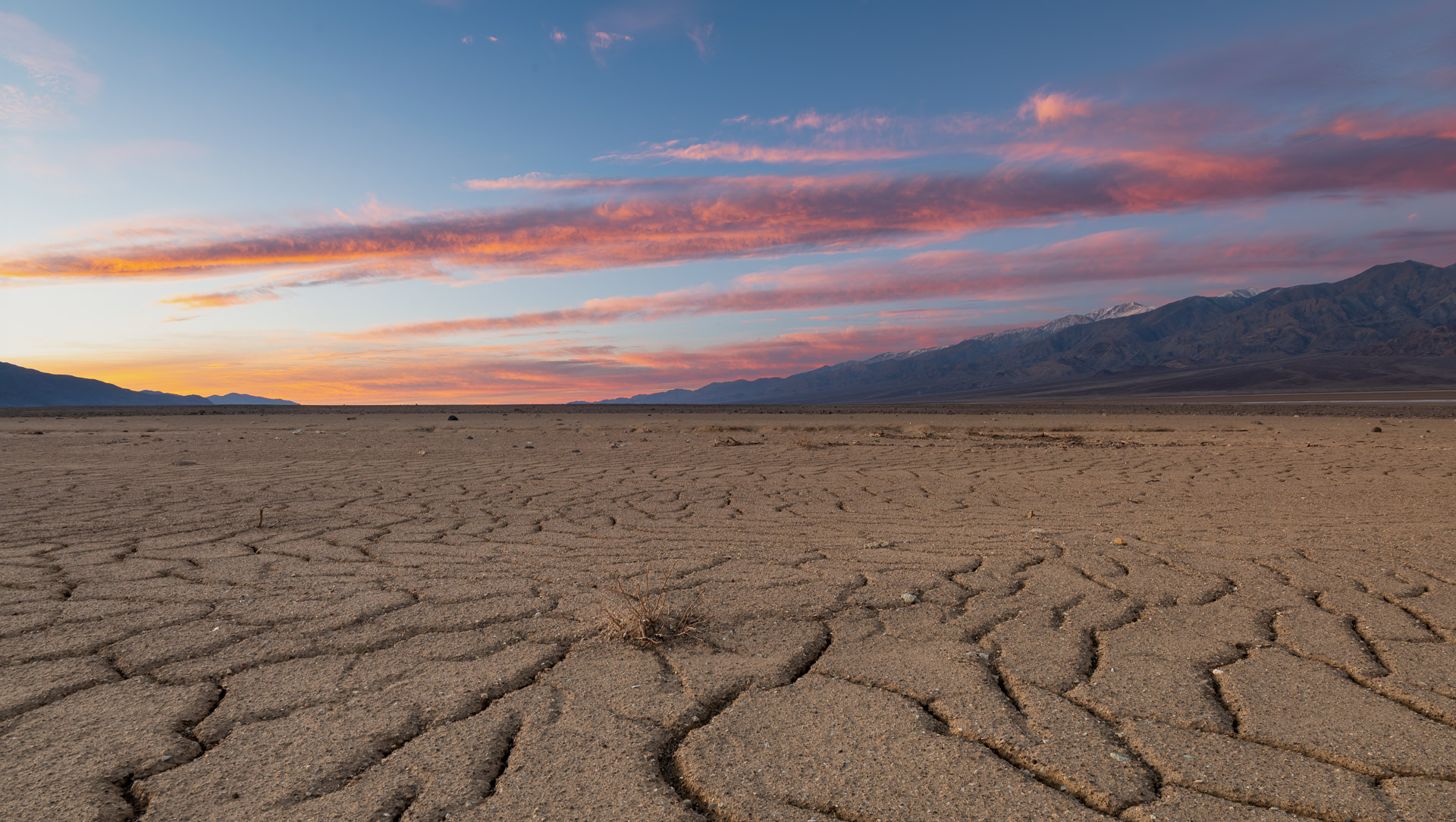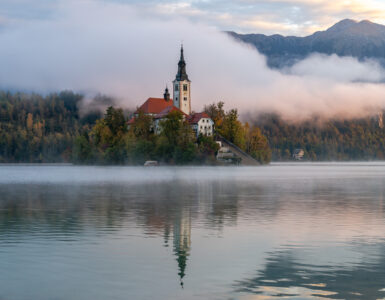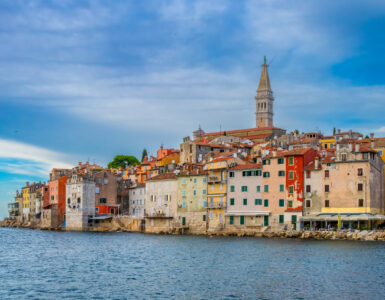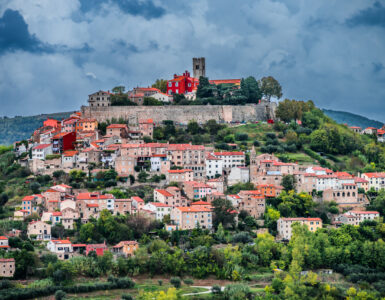Very early on our third day, we met our instructors in the resort parking lot and headed out along Badwater Rd. We stopped along the road not far from the exit from Artist’s Drive. The “playa mudflats” can be anywhere on the playa of Death Valley depending on the time of year and the recent rainfall.
We were visiting in January so our instructors, David Kingham and Michael Shainblum, had done some scouting and had found a spot that had some fairly large mud/salt cracks enhanced by some pretty good rains in December.
We walked out onto the playa before sunrise and found a spot to set up our tripods. For this location, I brought my Nikon Z7, the Nikon Z6 (converted to infrared), and of course, my trusty iPhone 12 Pro Max. I brought my Nikon 16-35mm lens and Nikon 70-200mm lens.
It was pretty dull to start with so I found some interesting cracks with a dried-up mesquite bush to use as a foreground. I started out using the Nikon Z6(infrared converted) with the FTZ and Nikon 16-35mm lens.

So when is the best time to shoot a vertical image? Right after a horizontal image!

As the light started to come up the few wispy clouds started to get some color so I switched cameras. I did something here that I had not done much since shooting out in the desert, I changed lenses. I moved the Nikon 16-35mm lens to the Nikon Z7. I wanted to see the expanse of the valley with all that pre-dawn color!

This landscape can be a bit one-note, so I turned around and looked for something interesting to add! One of those red jackets (see Part 4) caught my eye! The brighter colors and those ripply clouds didn’t hurt, as well!

When I am shooting with my telephoto lens or wide-angle lens on my cameras I use my iPhone for the opposite. In this case, the iPhone 12 Pro Max became my close-up lens.

I decided it was time to move around and see if I could find some other foreground subjects and maybe some leading lines! How about a rock with cracks radiating out from it!

I then found a leading line. This is a wash where the December rains ran across the playa. You want your leading line to lead to something…how about some more awesome lines in the sky!

Turning back to the southwest, the rising sun started to light up the peaks.

When I switched lenses I put my 70-200mm lens on the Nikon Z6 (infrared converted) camera. So as things to the east got a bit too bright I turned to the west and southwest and zoomed in to get some more of those intimate landscapes in infrared.

Looking to the west, I saw those layers and contrasts that are so prevalent in this landscape. I zoomed in even more to get this interesting infrared image.

The sun had still not cleared the mountains to our east so I went back to the regular Nikon Z7 to capture the clouds that were coming up.

This rock was just calling to me so I had to get a close-up of it. Yes, you can make close-up images with some wide-angle lenses!

The clouds just started blowing up to the west so I grabbed my cloud-loving Nikon Z6 for some more infrared images.

As the sun finally came over the mountains, it was time for a selfie shadow shot!

As the sunlight got brighter the group started to head back to the cars. I had to get another image of the beautiful clouds over this stark landscape!

And then I made my final image of my favorite rock!

When we first arrived at this location I was afraid I would not have much to shoot! Man! Was I wrong! I just needed to look and see and turn and see some more! I went wide, I went far, and I went close! The playa mudflats were a great experience in seeing more in a monochrome environment.
There are so many places to stop and explore on the Death Valley playa. The cracks vary in size and depth. Where the salt is heavier you will see the big geometric shapes. In some places the mud cracks are tiny. So, look around, explore, and you will find some great landscapes large and small everywhere in the playa mudflats. Note: More Mud Cracks in an upcoming post!
My next post will be a very different view of the Mesquite Flat Sand Dunes (see Part 2).
Click on any image to see a larger version OR visit my gallery to see and purchase prints of these and additional images: Playa Mudflats
That is all for now.
Lynn






Add comment